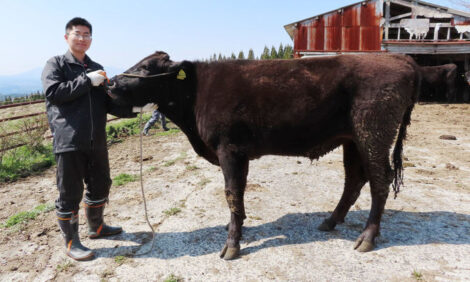



Producing Milk the Indonesian Way: When 3,000 Cows is Not Enough
Ambitious could be the word to describe Ultrajaya, an Indonesian dairy planning on quadrupling numbers at its 3,000 cow dairy. Stuart Lumb visited to find out more for TheCattleSite.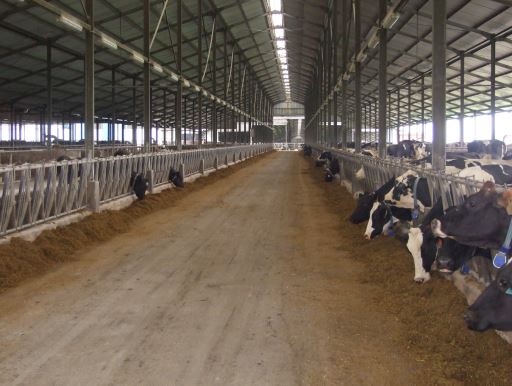
Mention Indonesia and most people think of the tourist paradise of Bali, not about huge dairy farms.
Yet a few hundred kilometres west of this famous resort and at an altitude of over 1400 metres, often shrouded in cloud, is situated Ultrajaya’s 3000 head dairy complex, the biggest dairy farm in East Java.
The PT Ultrajaya Milk Industry company, which owns the farm, was formally set up in 1971 and is Indonesia’s leading producer UHT milk products. Ninety per cent of the company’s output is sold domestically.
Exports account for the remaining 10 per cent with products being sold in Asia, Australia, Europe, the Middle East and even the USA.
Ultrajaya: A Dairy that Doesn’t Sleep
The farm cost $US 10million to set up, although 50 per cent of that was the cost of the heifers. The mindset is amazing – 80 staff are employed , cows are milked 24/7 , the farm has 6 vets working round the clock in 8hour shifts and so again veterinary help is on tap 24/7.
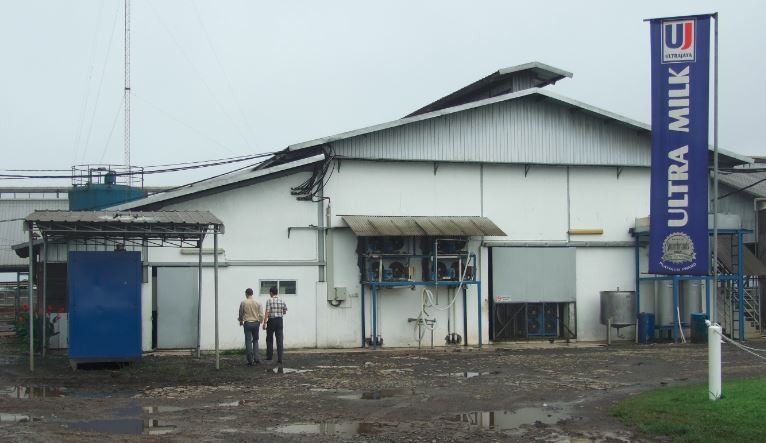
“Managing the cows isn’t that much of a problem”, commented manager Jeremy Hoskin with a twinkle in his eye. “It’s the 80 staff that give me a headache from time to time”.
Mr Hoskin used to manage a dairy herd in the southwest of England and certainly finds things different in Java. Being at altitude means that daytime temperatures are relatively low by Indonesian standards and nights are positively chilly, with the mercury dropping to 8-9C.
The farm, which used to be a tea plantation, covers 60ha, with 35ha growing buffalo grass, king grass and lucerne. It rains a great deal - 254 cm annually to be precise - and so yields of 250 tons /ha of grass are achievable.
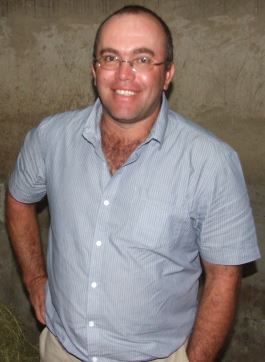
“Yields are 3 times those of the UK”, commented Jeremy. “But they need to be as land costs $US 10,000 per hectare”.
Staff work very hard as the grass is cut by hand and fed fresh on a regular basis, as it cannot be ensiled.
Some mechanised cutting takes place but Jeremy prefers to employ local men to do the cutting as it keeps them in a job. Cows are fed 10-15kg head/ day.
Herd Management
Generally there are 1500 females in milk at any one time, and calving takes place all the year round, although the pattern can vary as some heifers are shipped in from Australia and are already in – calf when they leave.
Cows are housed according to their yield; high, medium and low, with high yielders being cows that produce over 35 litres/day, and milked in rotation, roughly in groups of 200. Milk production is in reality 3 to 4 times greater than typical local “backyard” dairy farms. Milking takes place in a 24/24 place herringbone parlour, which is a little undersized for the job.
Three staff work in the parlour and an additional member of staff works in the milk room. The milk which has an average fat content of 3.8 per cent and 12.7 per cent total solids is stored at below 10C in insulated tanks – hardly surprisingly the farm has a large standby generator, needed as the national electricity supply can’t cope at peak periods. After storage, milk is then transported to the dairy in a 12 tonne tanker, a journey of around 2 hours.
The cow sheds are huge with certain sheds set aside for the dry cows and for calving. Three weeks before calving the cows get fed the high yielders’ diet. Drying off usually takes place at 7.5 months and cows also get their feet trimmed when dry. All the cows and heifers have transponder ID and this technology enables animals to be shed through a shedding race. Formalin and copper sulphate are used in the footbaths.
Comfort and Manure Control
Paracetic acid is used for cleaning and crushed limestone is added to cows’ lying areas, along with Mistral. Spray treatment is carried out weekly to control flies with the chemicals being rotated regularly to prevent resistance building up.
“Naturally flies breed in manure” commented dairy specialist Riswan Nur Friyatna. “So we have built in a flushing system to clean down the dung passages.
“Water is stored in a large tank and this flows through the sheds by gravity, flushing out the manure. We also have a bobcat which scrapes out any remaining manure left after flushing”.
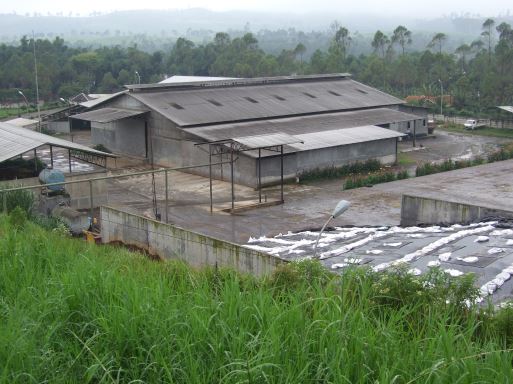
Genetics and Breeding
Semen is sourced from Worldwide sires in the USA and also from local AI studs, plus some bulls are kept on the farm.
“Heifers bred with sexed semen have a conception rate of 53 per cent and 75 per cent should produce heifer calves”, explained Mr Nur Friyatna.
Pregnancy checking takes place at 40 days. Naturally with a herd of this magnitude accurate recording is essential plus a good softwear programme is vital. Mr Hoskin opted for the Dairy COMP 305 system.
“It’s very popular with American dairymen, and is found on 60 per cent of American dairy farms.”
Healthwise, cows and heifers are vaccinated against Clostridium Perfringens Type A and Brucellosis.
Feeding Rations
It goes without saying that to get good milk production requires the correct feed programme and 3000 cows and heifers need a huge amount of feed. A massive shed holds much of the feed ingredients with whole crop corn silage being stored in a large 38 tonne capacity clamp adjacent to the feed store.
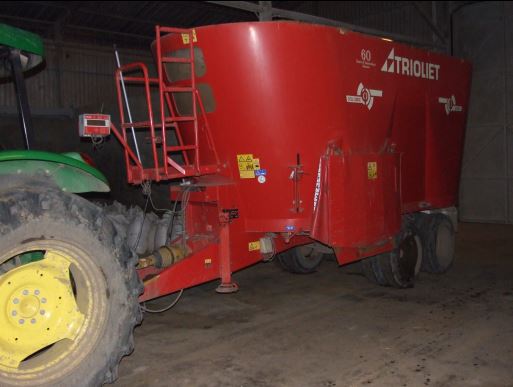
Australian wheat is treated with caustic soda, to counter acidosis. Soyabean meal is sourced from Argentina and Brazil whilst the USA provides corn and DDGS. Biscuit meal, brewer’s grains and molasses are sourced locally and copra is also included in formulations.
Mycotoxins affect cow fertility and so MTox + is included as a toxin binder. Yea-Sacc and Levucell also feature along with seaweed which gives cows’ bloom, enhancing skin and coat quality.
Mr Hoskin relies on Dutch company Trioliet’s twin axled mixer feeder wagons for mixing and feeding diets. Nine different rations are fed and this takes from 7am – 12am each morning.
Using Wi-Fi Mr Hoskin can access the weigh cell data as the feeds are being made up and hence he can check that the diets are as specified from literally anywhere in the world that can receive a phone signal.
Indonesia is the 4th most populous country on the globe and so there is a huge market for milk and milk products. Ultrajaya obviously think so as they are pressing ahead with plans to build a mega sized 12000 cow dairy farm on the neighbouring island of Sumatra.


